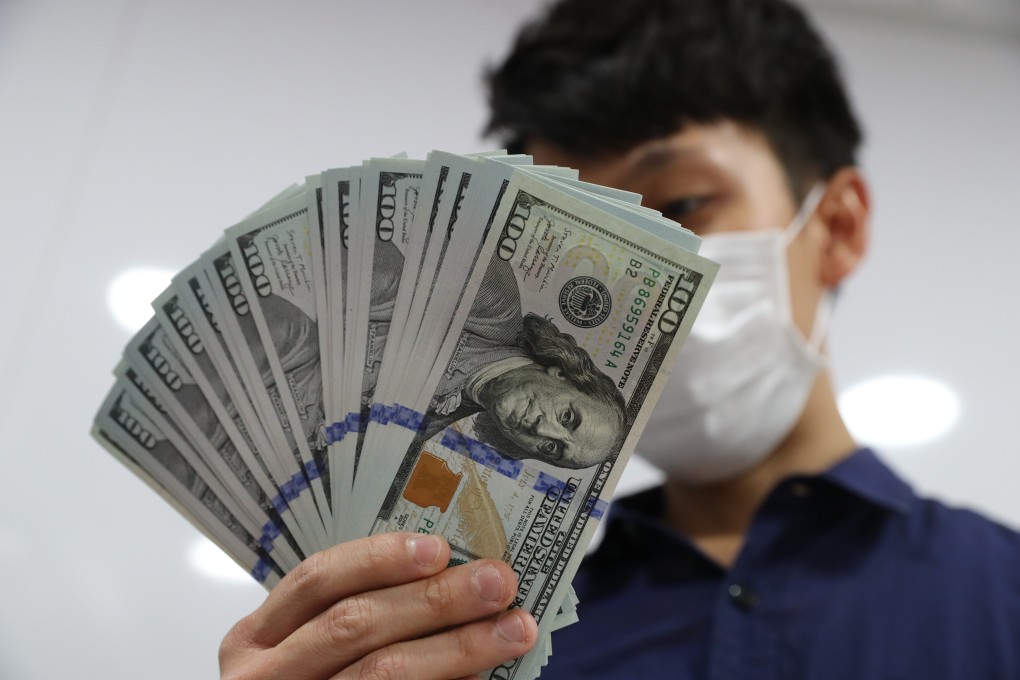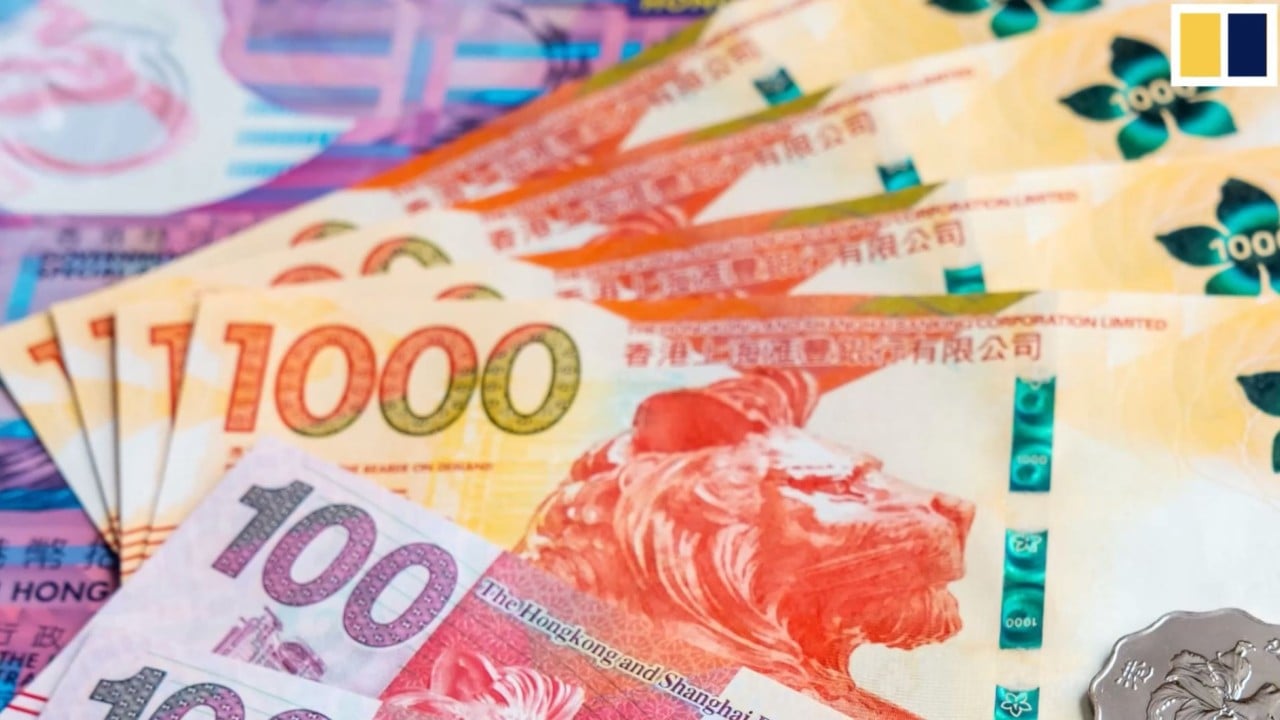What’s behind the US dollar’s summer slump and will it last?
- The US’ mishandling of the coronavirus means its economic outperformance relative to the euro area and Japan no longer seems guaranteed
- Declining US interest rates makes the US dollar less appealing to investors. The dollar’s drop, however, is not a tectonic shift

The US dollar has been slumping since March and has been on an accelerated decline since late June. From its peak in late March, it has lost around 10 per cent against the euro, 5 per cent against the Korean won, 4.5 per cent against the Japanese yen and 2 per cent against the Chinese renminbi.
Calling the decline a long-term shift would in fact be premature. In reality, the greenback’s summer slump is driven by a number of prosaic reasons, which are mostly to do with cyclical developments in the global economy, rather than any lasting tectonic changes.
For one, the US dollar has been substantially overvalued for quite a few years. At its March peak, the US Federal Reserve’s own broad US dollar measure against a wide range of emerging and developed currencies was nearly 25 per cent above its 25-year average, although most other yardsticks were admittedly not quite as extreme. It is likely the US dollar would have had to come back down to earth at some point.

01:43
What is the Hong Kong Dollar Peg?
Somewhat ironically, before its recent retreat, the US dollar actually surged to new highs earlier this year. This happened during the most acute phase of the crisis in financial markets triggered by the Covid-19 pandemic, when panicked investors fled into the “safe haven” provided by US dollar assets (and cash).

